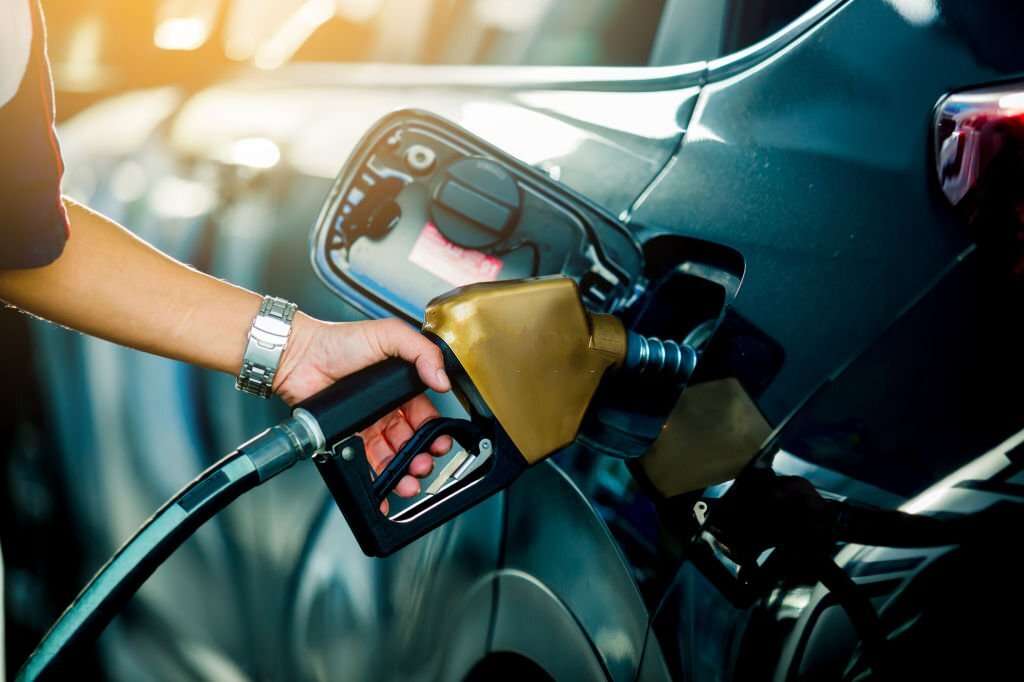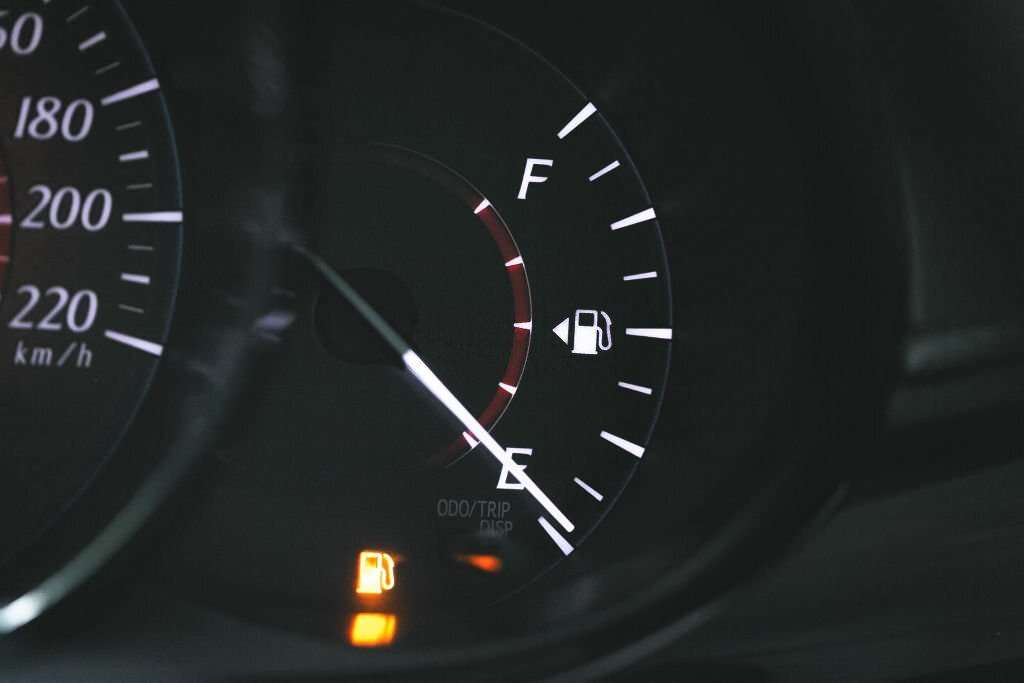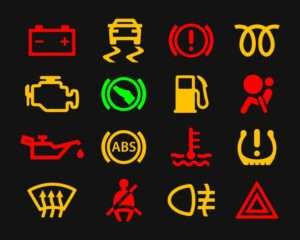If you’ve been keeping track of the amount of fuel your car goes through on a monthly basis, you may have noticed that the consumption is significantly higher than advertised.
It can be a big source of frustration, given that fuel consumption is usually one of the single most important factors to look at when deciding on your next car.
Understanding the Numbers
Have you ever wondered why your actual fuel usage doesn’t match the manufacturer’s advertised figures? Let’s delve into how carmakers calculate these numbers and what they truly represent.
Car manufacturers subject their new models to rigorous testing, including fuel consumption trials consisting of urban and extra-urban cycles. The urban cycle simulates city driving conditions with frequent stops, idle time, and lower speeds, mimicking heavy traffic in urban areas. On the other hand, the extra-urban cycle assesses fuel consumption at higher speeds on highways or rural roads.
In essence, the urban figure represents the car’s fuel inefficiency, while the rural figure provides an estimate of its performance under ideal conditions. Understanding these nuances can shed light on the variations between advertised and real-world fuel consumption.

When car companies advertise fuel consumption, they often refer to the “combined fuel cycle” figure. This value is an average of the urban and rural numbers, with more emphasis placed on the urban figure (typically around 67%). This is because most drivers spend more time commuting in cities than on open highways.
It’s essential to recognize that the urban and extra-urban cycles represent test conditions, meaning they tend to be optimistic estimates. In real-world situations, your actual fuel efficiency may be lower than even the urban consumption figure.
While some carmakers provide detailed fuel consumption breakdowns in their brochures, these numbers can be relatively consistent. Keep in mind that individual driving habits and conditions can still influence your actual fuel consumption.
Using the Polo Vivo as an illustration, we can see a breakdown of the three different cycles:
| Engine | Extra-urban cycle | Urban cycle | Combined cycle |
|---|---|---|---|
| 1.4-litre petrol | 4.5l/100km | 7.6l/100km | 5.7l/100km |
| 1.6-litre petrol | 4.9l/100km | 8.2l/100km | 6.1l/100km |
| 1.0-litre turbo-petrol | 4.0l/100km | 5.5l/100km | 4.8l/100km |
The combined figure is the one that you will most commonly see being used to advertise the vehicle in question.
It’s therefore worth asking how you use your car, because if 90% of its time is spent in rush hour traffic getting to and from work or dropping the kids off at school, its consumption figure is likely to be much closer to its urban figure than its marketed combined one.






